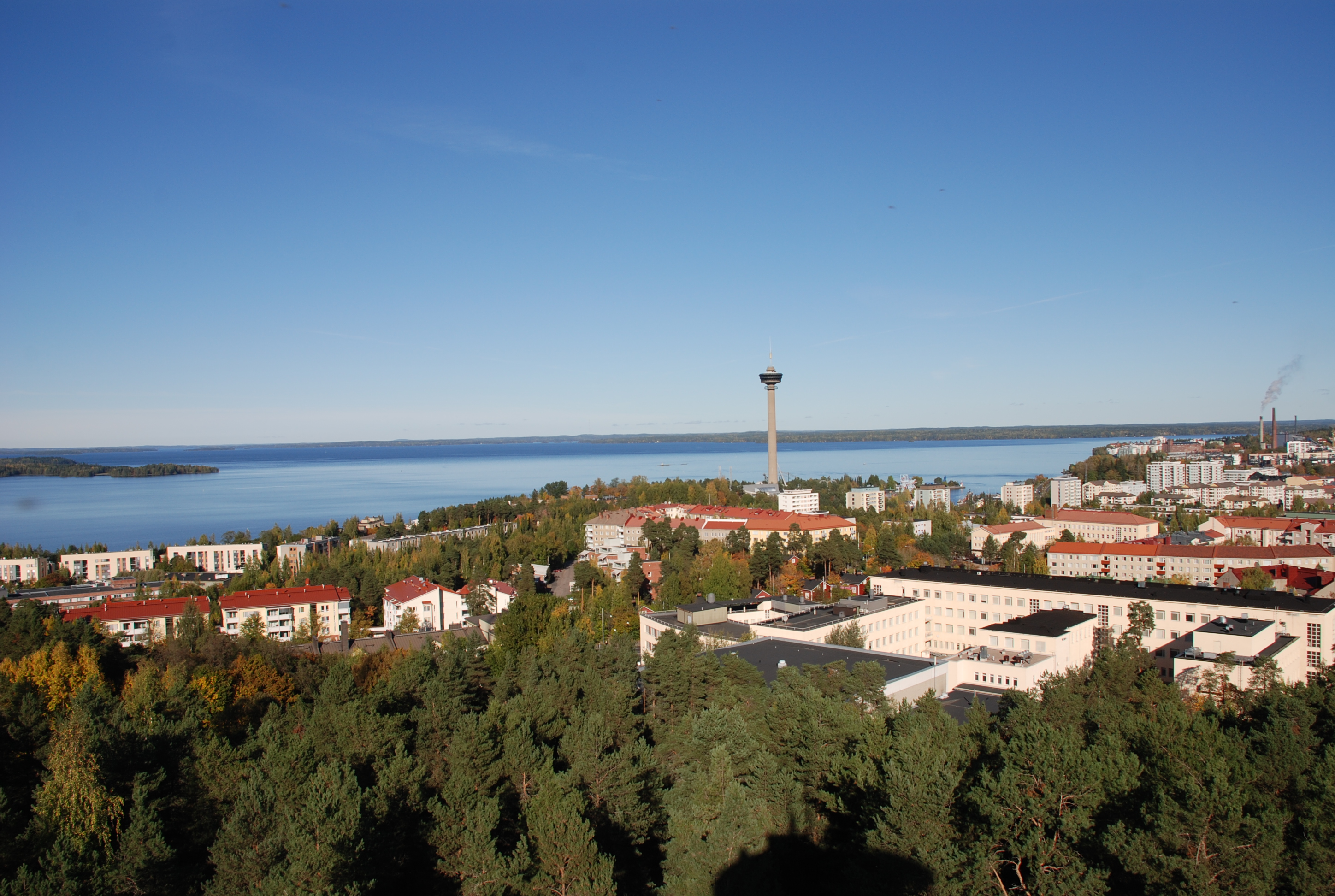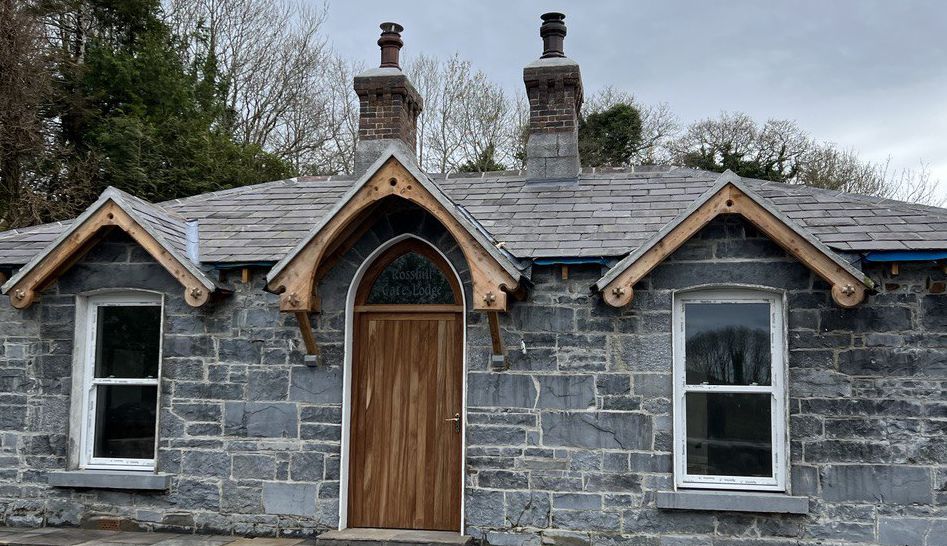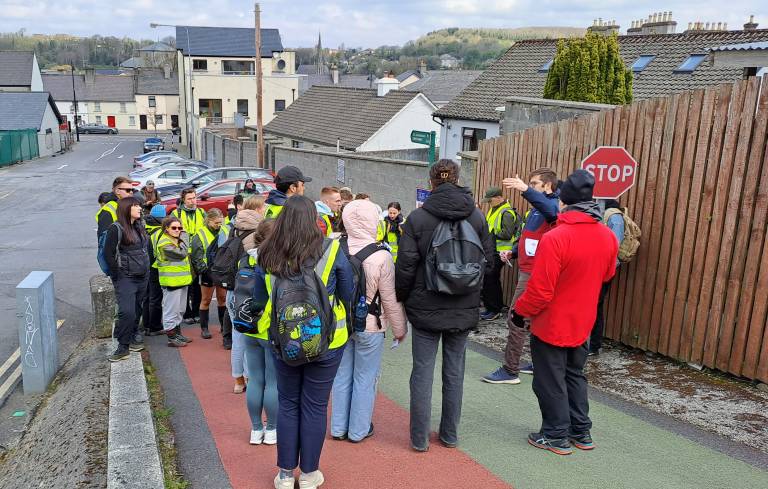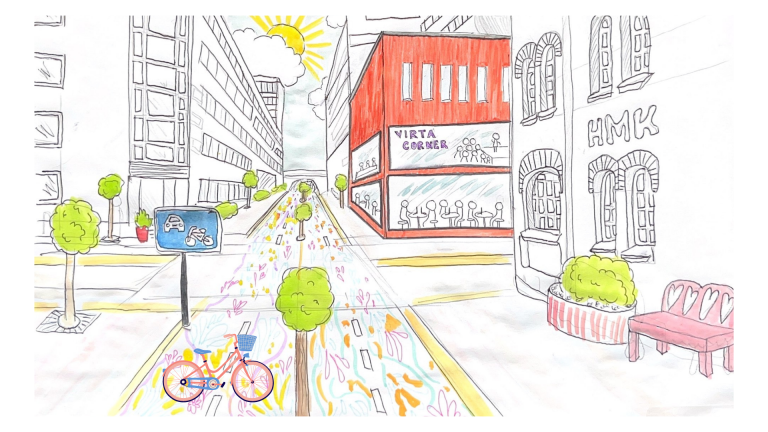Habitation of the island dates 9,000 years back, based on archaeological findings. Even though each historical era had its own customs, values, and design choices, there was always something in common. Similarly, even though European and British influence on the architecture has been significant, Irish people have always adapted those trends to the needs of the location. During our journey, we saw a lot of abandoned buildings in the middle of fields, some of which were for farming, but the majority served for religious purposes.

The abandoned buildings are still in place because they were made out of stones. However, lots of other buildings made of timber were put on fire. Other buildings might lack their rooftops, which were usually made out of thatch. Stone is a common material in West Ireland, as the land is rocky there. Hence, along our way we saw a lot of stone walls, which were made to divide the land, free up the space for the grass to grow evenly, and keep livestock in place. I was happy to see that modern houses still continue those traditions and make stone exterior for houses and stone fences.
One thing that amazed me is the cultural significance of houses to their residents. While traveling around West Ireland, we went to places that are far away from bigger towns. However, all the houses were renovated, well maintained on their facades and especially gardens. Even though our trip was during mid-April, every house was blooming with various flowers and trees. Mild winters and cool summers might be a reason for that, as they create a favorable environment for plants to grow. Additionally, gardening is a way of connecting to the rural Irish traditions of cottage gardens.
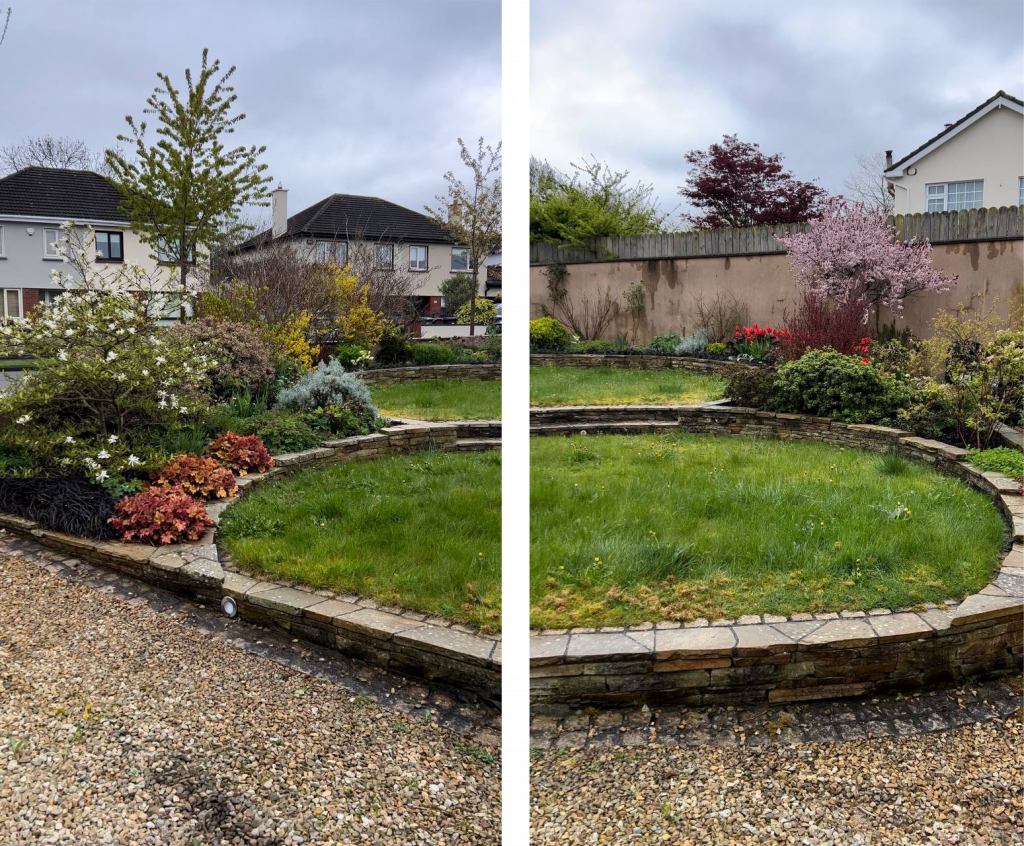
The last day of our field trip we spent in Kylemore Abbey, which was planned to be used as a residence of Mitchell Henry’s family. Kylemore, designed by Irish architect James Franklin Fuller and engineer Ussher Roberts, incorporated all the innovations of the Victorian Era, spanning to 13,000 acres. During the castle’s construction, the detonation of dynamite could be heard in Connemara for the first time, as it was strategically positioned within the mountain’s face. This meticulous placement has granted the castle its distinctive and iconic appearance that endures to this day. Notable features of the abbey are neo-gothic church in a five minutes walking distance and the Victorian walled garden. Development of tourism around Connemara started with the construction of this castle. Since the 1920s, the castle has been hosting the educational and religious communities of Benedictine nuns. Currently, Kylemore Abbey is used as a facility of the Notre Dame University of Indiana, USA.
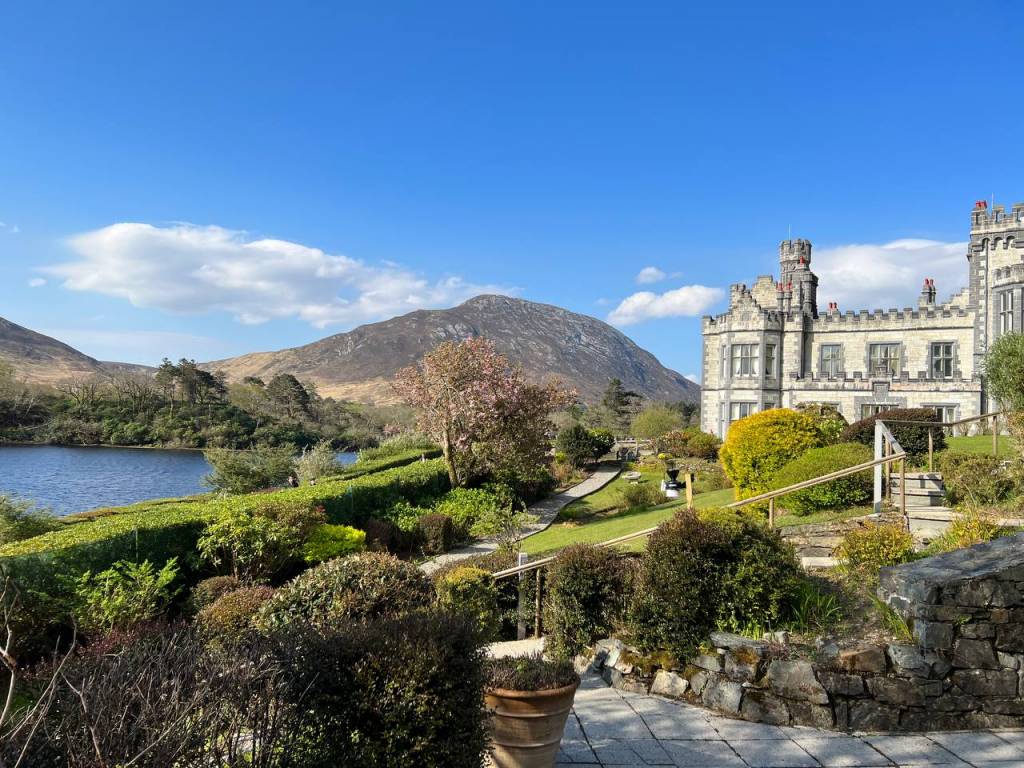
All things considered, houses are a significant part of Irish culture, representing their own character through material, design, and decor choices. However, housing in Ireland is also a significant part of CO2 emissions, construction and maintenance being responsible for more than 36% of annual Irish GHG emissions, the residential sector producing half of it. Government has endorsed their climate action plan, where they will strive to reduce GHG emissions by 51% by 2030 (2018 baseline) and become carbon neutral by 2050.
ESG is taking a leading trend in the Real Estate Development sector, urging construction and housing companies to achieve LEED certification by addressing carbon emissions, energy, water, materials and indoor environment standards. Besides environmental factors, the government is
striving to improve social and economic aspects of housing as well. Accessible and affordable housing remains on the top of the political agenda. As fellow students from Dublin City University pointed out, there is a housing crisis in Dublin and a lot of discussions are going on around expanding the city, which means turning green areas into gray areas.
Currently, several policies are being introduced to create affordable housing options. The goal of “Housing for All” is to enhance the housing supply, aiming for an average of 33,000 new housing units each year in thenext decade. The plan encompasses a combination of social, affordable, and private housing available for both sale and rent. It includes provisions to facilitate land availability, secure funding, and enhance industry capacity.
All things considered, I believe that sustainability aspects of residential real estate is a crucial topic to be addressed in the upcoming years, which if resolved, will result in a better quality of life for both citizens and other inhabitants of the area. While government officials are working on the social and administrative sides of housing policies, construction companies should take care of the environmental impact of their operations. Only in collaboration would it be possible to create viable solutions. And as an important factor, the design of the buildings should still demonstrate Irish character and their rich heritage.
Dilnaz Zhumabayeva
Dilnaz participated in the Erasmus+ field trip to the West of Ireland in April 2023. The trip was organized by Dublin City University in collaboration with Tampere University and Utrecht University.
References:
2023 Irish Real Estate Outlook by Deloitte
Ireland’s Climate Action Plan reviewed by KPMG
Irish cottage history
Kylemore Abbey
Stone wall in Ireland
Traditional Irish Architecture

